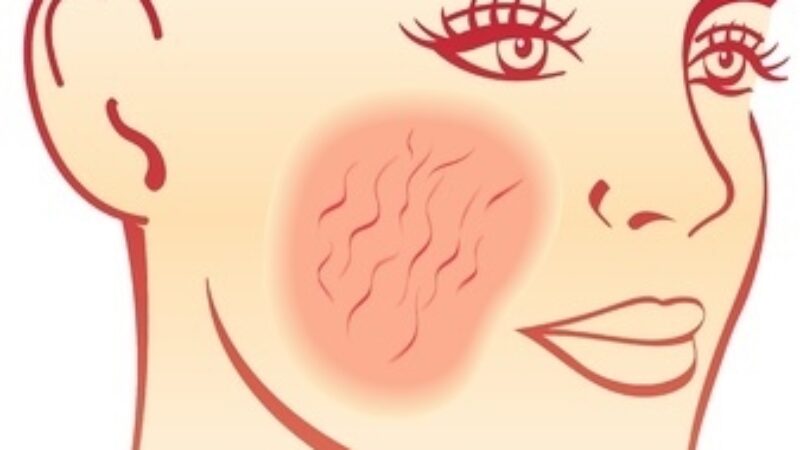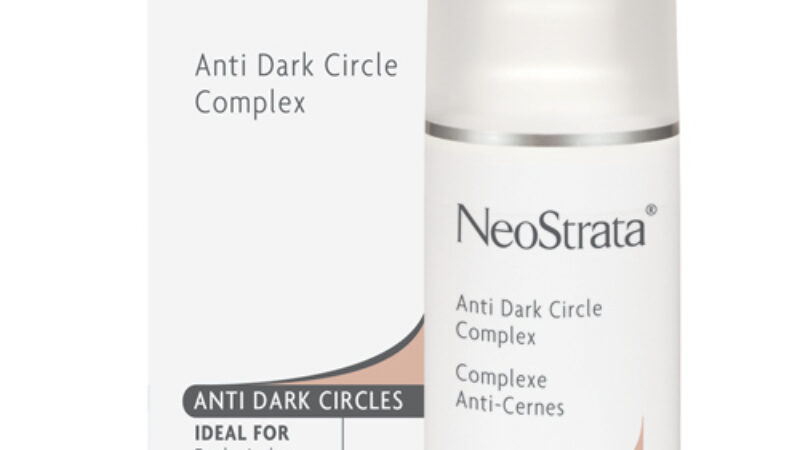A substance called chitosan, found in the shells of shrimp and lobster as well in the beaks of the octopus and squid, is forming part of the new wave of anti aging discoveries. Due to its antimicrobial properties, chitosan is already used in dentistry to inhibit tooth decay as well as in the manufacture of antimicrobial clothing. Now there is indication that it could also have application to regenerate skin tissue to help wounds heal faster.
A study published in the Journal of Nano and Biomaterials describes how nanoparticles of chitosan could have potential to prevent wound infection as well as enhancing the healing process itself by stimulating skin cell growth. The study explored manufacture of the nanoparticles through a process known as cross-linking, which eliminates the need for complex preparative chemistry or toxic solvents.
Understanding the mechanism of inhibition of bacteria by these particles may lead to the preparation of more effective antibacterial agents. The study has also demonstrated that the chitosan nanoparticles have skin regenerative properties in tests on skin cell fibroblasts and keratinocytes, in the laboratory, which might lead to breakthroughs in anti-aging skin care products.
We speculate that chitosan could be of use in post procedural treatments, reducing scarring and infection.




